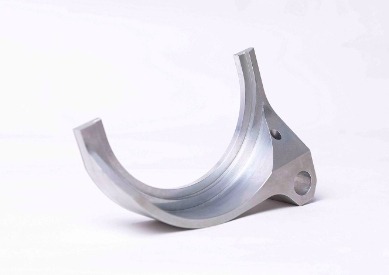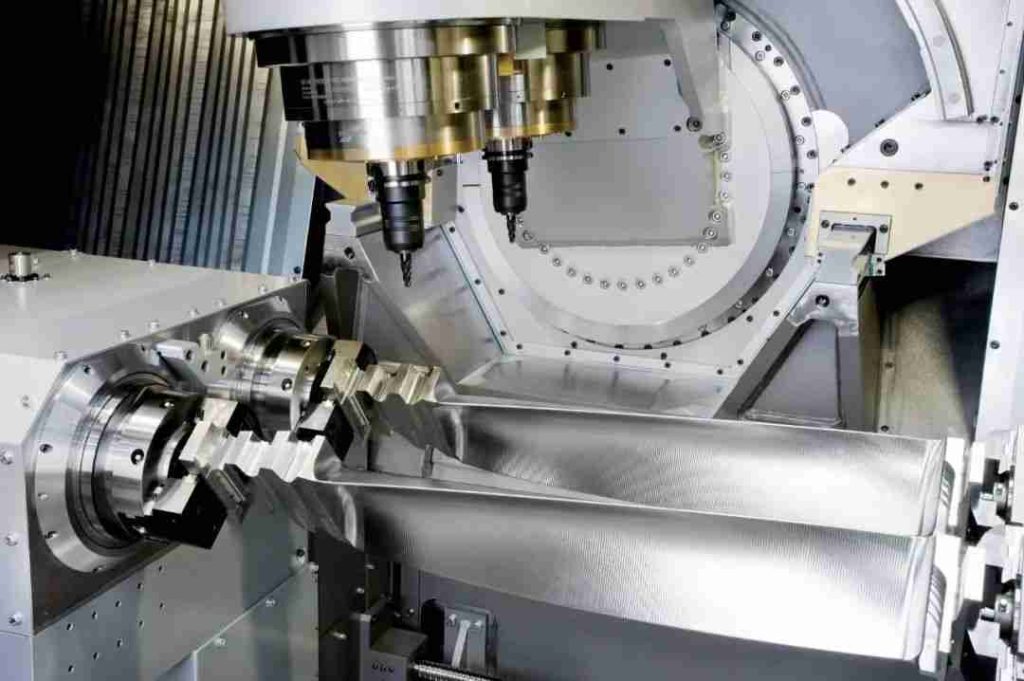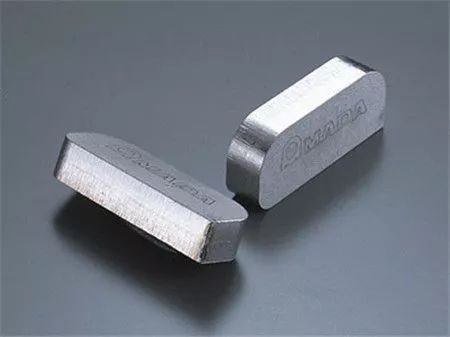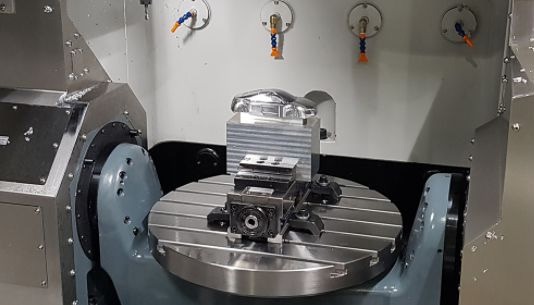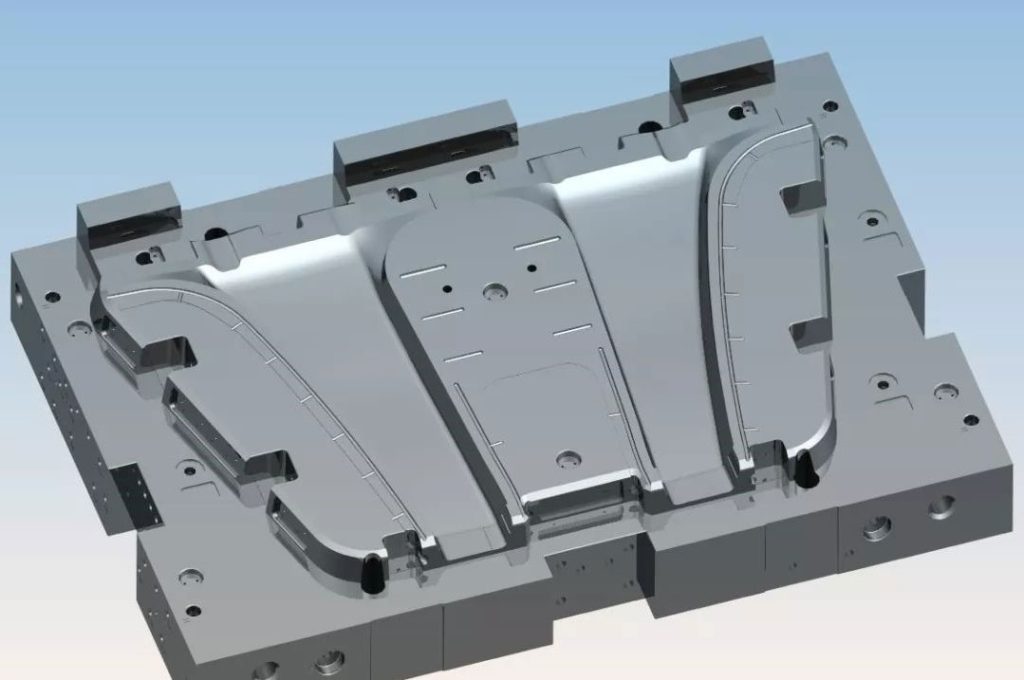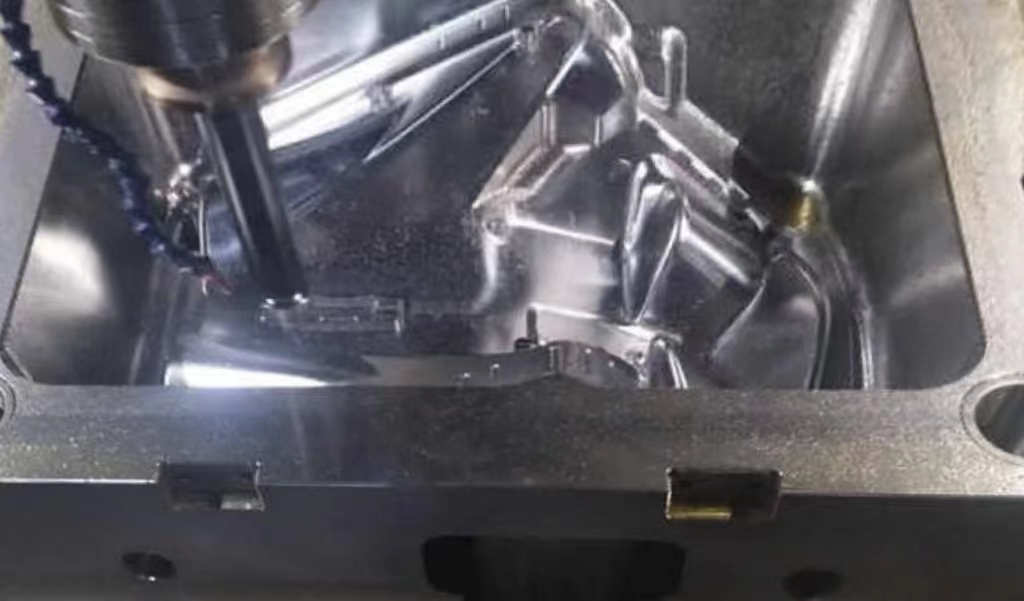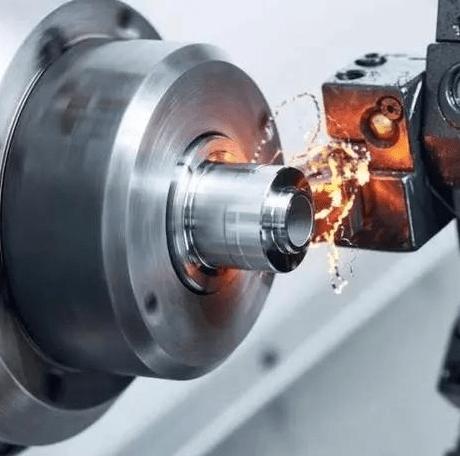In today’s fast-paced market, bringing new products to life quickly is essential. That’s whyRapid prototyping has become a key part of product development.
It allows teams to turn ideas into physical prototypes fast, so they can test designs, gather feedback, and improve before full production.
But to do this effectively, you need the right techniques and tools. Let’s explore the most practical methods that make rapid prototyping faster, more accurate, and cost-efficient.
What is Rapid Prototyping?
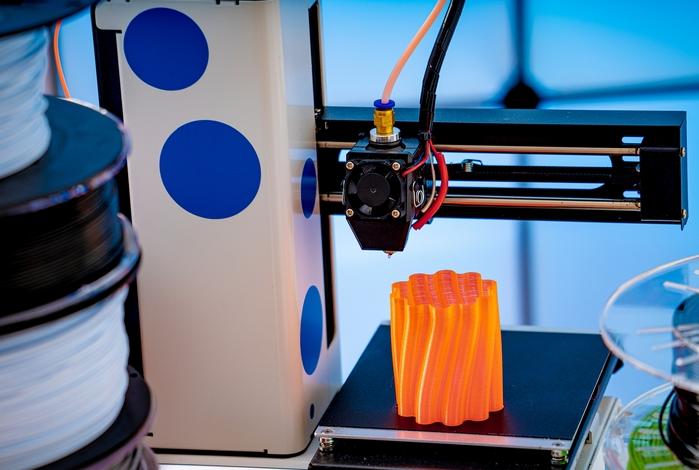
Rapid prototyping means turning a digital idea into a physical (or virtual) model—fast. It helps teams:
✔ Test concepts early
✔ Find design flaws before mass production
✔ Save time, materials, and money
It’s not about making a final product. It’s about learning quickly, reducing risks, and improving your design based on real-world feedback.
Example: Imagine you’re designing a new electric bike frame. Instead of guessing if it fits the motor and battery, you 3D print a scaled model or CNC machine a prototype. You test, adjust, and repeat—before wasting money on production molds.
Why Technique Choice Matters (One Size Does Not Fit All)
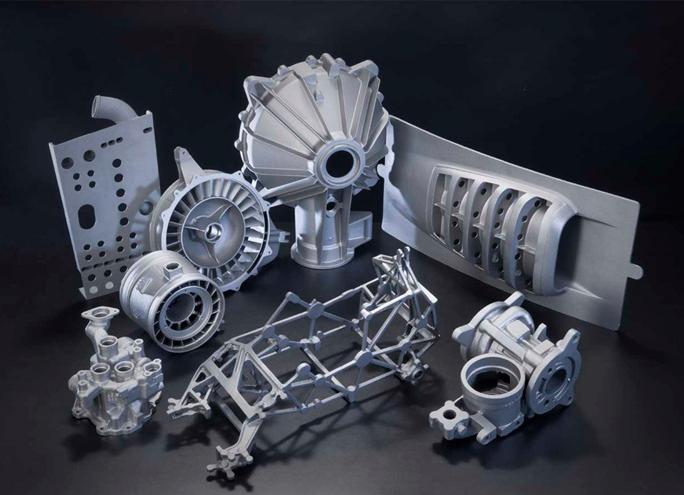
Not every prototyping tool works for every project. The wrong method wastes time, produces inaccurate results, or costs too much.
Your choice depends on:
✔ Material (plastic, metal, composites)
✔ Precision needs (concept vs. functional)
✔ Budget and timeframe
✔ Quantity (one-off or small batch)
Next, we break down the most reliable, practical prototyping methods—and when to use them.
What are the Techniques and Tools for Rapid Prototyping?
| Technique | Best For | Materials | Key Advantages |
| 3D Printing (FDM, SLA, SLS) | Plastic, Resin, Metal prototypes | Plastics, Resins, Metals | High detail, fast iteration |
| CNC Machining | Functional, high-strength parts | Metals, Plastics, Wood | Precision, durable materials |
| Laser Cutting & Engraving | Flat components, decorations | Acrylic, Wood, Fabrics, Paper | Precise cuts, custom patterns |
| Sheet Metal Prototyping | Automotive, Aerospace metal parts | Aluminum, Steel, Alloys | Quick turnaround, real materials |
| Vacuum Casting | Small batches of plastic-like parts | Polyurethane, Silicone | Low-volume, realistic parts |
| Rapid Injection Molding | Functional plastic parts, small series | ABS, Nylon, Polycarbonate | Production-grade quality, fast |
| CAD Software | Design, visualize, optimize | Digital models | Fast edits, simulation-ready |
| VR/AR Prototyping | Virtual concept validation | Digital 3D Environments | Interactive design review |
When to Use Each Rapid Prototyping Method
Choosing the wrong tool wastes time and budget. Here’s how to match tools to project needs:
✅ First-stage visual review: Use 3D printing (FDM/SLA) for affordable concept checks
✅ Functional stress testing: Choose CNC or SLS 3D printing for durability
✅ Real-metal components: Opt for sheet metal fabrication for authentic materials
✅ Market samples or investor demos: Vacuum casting offers realistic plastic parts
✅ Low-volume, high-quality plastics: Rapid injection molding bridges prototype and production
✅ Full-scale design validation: VR/AR allows immersive walkthroughs
Pro Tip: Combine methods across development phases for best results (e.g., start with 3D printing, validate with CNC, finalize with rapid injection molding).
Common Buyer Mistakes—and How to Avoid Them
🚫 Choosing based on price alone, not functionality requirements
🚫Skipping CAD simulations, leading to flawed physical models
🚫Using concept-grade materials for functional testing
🚫Underestimating lead times for more complex prototypes
Trustworthy manufacturers should advise on suitable techniques, materials, and realistic expectations for your project.
Conclusion
Rapid prototyping is not just about speed—it’s a tool for:
✔ Controlling design risks
✔ Improving product quality
✔ Optimizing costs before mass production
Choosing the right techniques protects your investment and builds buyer trust.
For tailored prototyping solutions or technical consultations, always partner with experienced manufacturers who can guide you based on your product’s unique needs.



